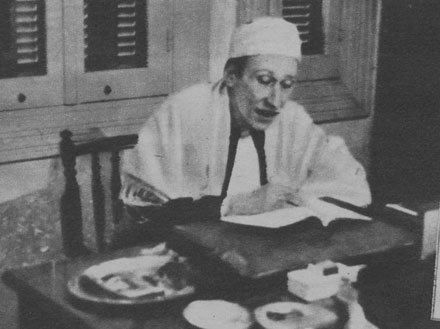What Does Swastika Depicts ?
- Essenoia

- Oct 10, 2024
- 2 min read
Updated: Oct 26, 2024
When you see the swastika, what comes to mind? For most people in the West of the world, it’s a sign of hatred, forever tied to the Nazi Holocaust and World War II. But in the East, especially in countries like India, it’s seen as a symbol of good fortune, prosperity, and spiritual balance. Did you know this symbol has a much older, richer history much before then WWII? Take a look around history—ancient temples in India, pottery in Greece, or even Native American art.


But what’s the deal with its structure? Why did so many civilizations latch onto this symbol?


Let’s start with its design. The swastika usually has four arms branching out from a center. These arms can be interpreted in various ways. In Hinduism and Buddhism, the right-facing arms symbolize the sun, energy, and life, while the left-facing version (called the Sauvastika) represents the night, death, and the feminine. It’s a symbol deeply rooted in the balance of opposites: creation and destruction, light and dark, the cyclical nature of the universe. This duality is essential in many philosophical traditions.
Let’s also look at the Hindu American Foundation (HAF) study. According to HAF, the swastika represents well-being and the cyclical nature of time. Its arms are often said to represent the four directions (north, south, east, west) or the four Vedas (the sacred Hindu texts), symbolizing completeness and harmony in all aspects of life. Scientifically, this can be interpreted as a recognition of the natural order of the universe—everything moving in cycles, from the seasons to life itself.

Then there’s René Jean-Marie-Joseph Guénon, the French philosopher who saw the swastika as more than just a religious symbol. According to him, the arms represent the spinning of the Earth, like the universe itself turning on an axis. He believed it symbolized the point where the material and spiritual worlds connect. Mind-blowing, right? Imagine the swastika as a mini universe—constantly in motion, keeping everything in balance.
So why did our ancestors use this symbol? It wasn’t just for good luck; it was a representation of balance, order, and the connection between the material and spiritual worlds. This explains why it’s still used in many cultures today—its meaning goes beyond any one moment in history.
But here’s a question: Why did our ancestors choose this symbol? What did they see in the swastika that we’ve lost in modern times? Could they have understood more about the universe and the balance of life than we give them credit for?

Comments